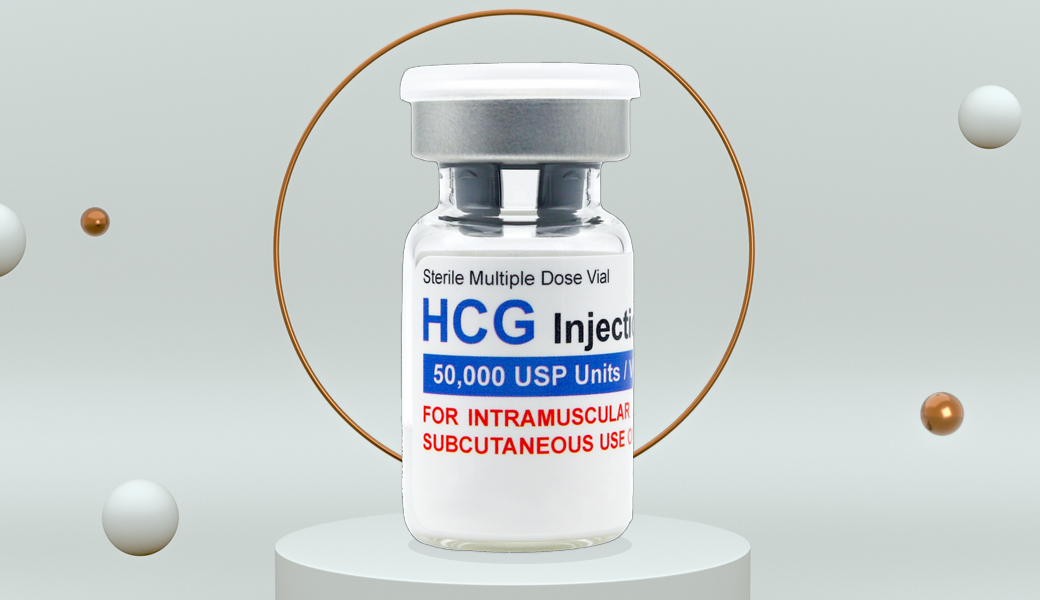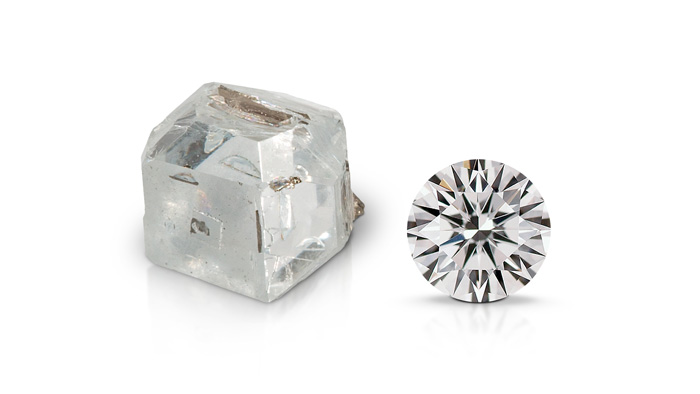The Role of HCG in Post-Cycle Therapy
When it comes to using anabolic steroids, one aspect that often gets overlooked is the importance of post-cycle therapy (PCT). Post-cycle therapy is a crucial phase for any individual who has engaged in a steroid cycle, as it helps the body recover and restore its natural hormonal balance. One of the essential components of PCT is Human Chorionic Gonadotropin (HCG). In this comprehensive guide, we will delve into the role of HCG in post-cycle therapy, how it works, and why it is an integral part of a successful recovery process.
Understanding Steroid Cycles and the Need for PCT
Before we dive into the specifics of hcg pct, it’s essential to understand why PCT is necessary. Anabolic steroids are synthetic hormones that, when used for muscle building or performance enhancement, can disrupt the body’s natural hormone production. During a steroid cycle, the body often stops producing its own testosterone, which can lead to a host of issues such as testicular atrophy, mood swings, and hormonal imbalances.
To address these problems, individuals turn to PCT, which is designed to jumpstart the body’s natural hormone production and mitigate the negative effects of steroids. HCG plays a crucial role in this process.
What Is HCG?
Human Chorionic Gonadotropin (HCG) is a hormone naturally produced during pregnancy. Its primary function is to stimulate the production of progesterone and maintain the corpus luteum during the early stages of pregnancy. However, in the context of PCT, HCG serves a different purpose.
The Role of HCG in PCT
HCG is utilised in post-cycle therapy to mimic the action of luteinizing hormone (LH) in the body. LH is responsible for stimulating the testes to produce testosterone. During a steroid cycle, the body’s natural LH production is suppressed. This suppression leads to testicular atrophy and a decline in natural testosterone production.
HCG steps in to address this issue by binding to the LH receptors in the testes, effectively telling them to start producing testosterone again. By doing so, HCG helps prevent testicular atrophy and maintains the functionality of the testes. This is a critical aspect of PCT because it helps the body recover more quickly and reduces the risk of long-term hormonal imbalances.
How to Use HCG in PCT
Using HCG in PCT involves careful planning and timing. It should not be used indiscriminately or in excessive amounts, as this can have adverse effects. Here is a general guideline on how to incorporate HCG into your post-cycle therapy:
1. Timing Matters
HCG should not be used during the steroid cycle itself. It’s typically introduced in the latter part of the cycle, shortly before the steroids clear the system. This allows for a smoother transition into PCT.
2. Dosage
The typical dosage of HCG during PCT ranges from 250 IU to 500 IU, administered two to three times per week. The duration of HCG use can vary depending on the length and intensity of the steroid cycle.
3. Combine with Other PCT Components
HCG is often used in conjunction with other PCT compounds such as selective estrogen receptor modulators (SERMs) like Clomid or Nolvadex. These medications help manage estrogen levels and further support the recovery process.
4. Monitoring and Adjustments
Regular blood tests and consultation with a healthcare professional are essential during PCT to monitor hormone levels and make any necessary adjustments to the protocol.

Potential Side Effects and Precautions
While HCG can be highly effective in PCT, it’s not without its potential side effects. These can include mood swings, acne, and gynecomastia (enlarged breasts in males) if not used properly. It’s crucial to follow a well-structured PCT plan and consult with a healthcare provider to minimize these risks.
The Vital Role of HCG in Post-Cycle Therapy
In the world of anabolic steroids, post-cycle therapy is often an overlooked yet critical component of a safe and successful cycle. Human Chorionic Gonadotropin (HCG) plays a pivotal role in this process by kickstarting the body’s natural testosterone production and preserving testicular function.
FAQs
Q1: What is the purpose of post-cycle therapy (PCT) after a steroid cycle?
A1: The purpose of PCT is to help the body recover and restore its natural hormonal balance after a steroid cycle. Steroids can suppress the body’s own testosterone production, leading to issues like testicular atrophy and hormonal imbalances. PCT aims to mitigate these problems.
Q2: What is Human Chorionic Gonadotropin (HCG), and how does it relate to PCT?
A2: HCG, or Human Chorionic Gonadotropin, is a hormone produced during pregnancy. In PCT, it is used to mimic the action of luteinizing hormone (LH) in the body. LH stimulates the testes to produce testosterone. HCG helps maintain testicular function and prevent atrophy by binding to LH receptors in the testes.
Q3: When should HCG be used in PCT, and how is it dosed?
A3: HCG should be introduced into PCT towards the end of the steroid cycle, just before the steroids clear the system. Typical dosages range from 250 IU to 500 IU, administered two to three times per week. The duration of HCG use depends on the length and intensity of the steroid cycle.
Q4: Can HCG be used alone in PCT, or should it be combined with other compounds?
A4: HCG is often used in combination with other PCT compounds, such as selective estrogen receptor modulators (SERMs) like Clomid or Nolvadex. These medications help manage estrogen levels and further support the recovery process.
Q5: What precautions should one take when using HCG in PCT?
A5: It’s essential to follow a well-structured PCT plan and consult with a healthcare provider. Improper use of HCG can lead to side effects such as mood swings, acne, and gynecomastia (enlarged breasts in males). Regular blood tests and professional guidance can help minimize these risks.
Q6: Why should HCG not be used during the steroid cycle itself?
A6: HCG is not used during the steroid cycle because it can interfere with the body’s natural hormonal regulation. It is introduced later in the cycle to facilitate a smoother transition into PCT, allowing the body to naturally start producing testosterone again as the steroids clear from the system.
Q7: What is the primary function of HCG in PCT?
A7: The primary function of HCG in PCT is to prevent testicular atrophy and stimulate the testes to produce testosterone. By mimicking the action of LH, HCG helps maintain testicular function and supports the body’s recovery process.
Q8: How can individuals tailor their PCT protocol based on their specific needs?
A8: PCT protocols can vary depending on the individual’s steroid cycle and unique physiology. To tailor a PCT plan, it’s advisable to seek guidance from a knowledgeable healthcare provider or endocrinologist. They can customize the protocol to ensure a smoother transition back to the body’s natural hormonal balance while minimizing potential side effects of steroid use.






More Stories
Unlocking the Potential: CBD and Mental Health
Kratom: Can It Make You More Creative?
A Beginner’s Guide To Weed: How To Choose The Right Strain